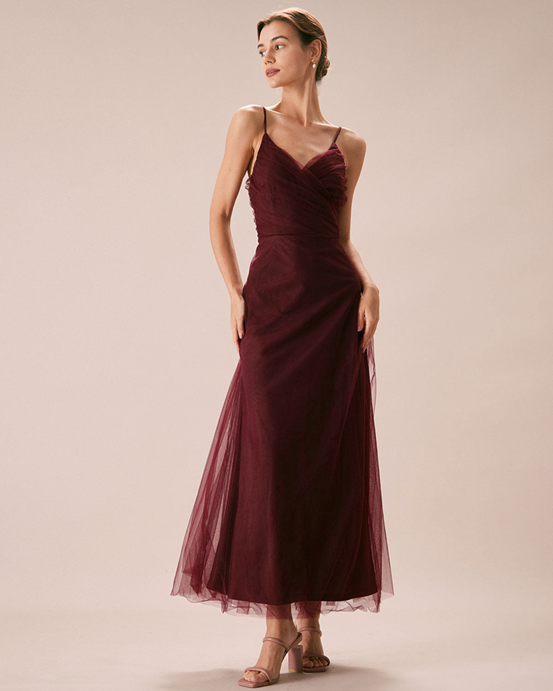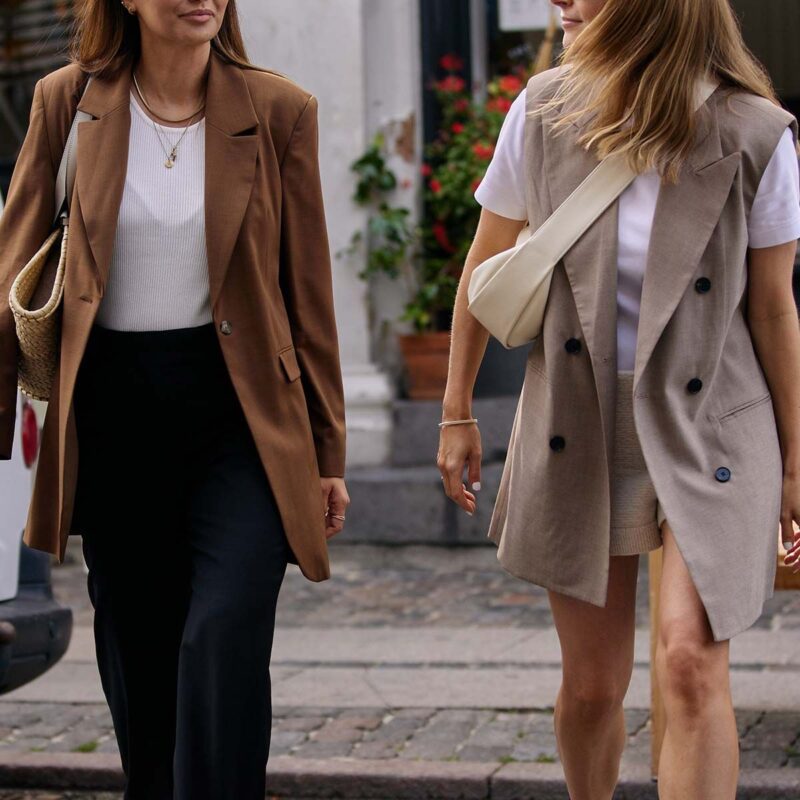Beyond Fast Fashion: The Human Element of Clothing Creation
In an era where most garments are mass-produced in anonymous factories, the connection between creator and consumer has been severed. At Spieva, we’re rebuilding this vital relationship by highlighting the skilled artisans who bring our designs to life.
Every piece in your Spieva wardrobe passes through the hands of master craftspeople who have dedicated decades to perfecting their specific skill. These artisans aren’t just workers—they’re keepers of generational knowledge, innovators who blend traditional techniques with modern technology, and the beating heart of our commitment to exceptional quality.
The Masters Behind the Masterpieces
Elena Vasquez: Pattern Engineering Virtuoso
With 27 years of experience in pattern making, Elena represents the critical bridge between design concept and wearable reality. After training at Madrid’s prestigious Instituto de Diseño, she spent fifteen years with luxury fashion houses before joining Spieva in search of a more sustainable approach to her craft.
“Pattern making is like architecture for the body,” Elena explains as she manipulates a paper template for our best-selling Transcend Dress. “Every millimeter matters. A pattern that’s even slightly incorrect will never drape properly, will never move with the body as it should.”
Elena’s work begins long before fabric is cut. When a new design is approved, she creates not one but five different base patterns to accommodate diverse body types. Each undergoes rigorous testing and refinement before final approval.
Her signature innovation—the “adaptive seam structure” found in many Spieva garments—allows pieces to subtly conform to different body shapes while maintaining their intended silhouette. This technique requires precise mathematical calculations and an intuitive understanding of how fabrics behave in motion.
“The greatest compliment,” she shares, “is when someone tries on a garment and doesn’t immediately take it off. That moment of forgetting you’re wearing something new because it feels so right—that’s when I know my patterns have succeeded.”
Takumi Nakamura: Master Tailor
Takumi’s journey to becoming one of Spieva’s most valued master tailors began at age 15 when he entered an apprenticeship with his grandfather, a respected suit maker in Osaka. Now, with 42 years of experience, his hands can detect fabric tension variations imperceptible to most.
“Machine stitching has its place,” Takumi acknowledges while demonstrating the nearly invisible hand-finishing on an Adaptive Blazer collar. “But machines cannot feel. They cannot respond to how a particular piece of fabric wants to behave that day.”
Each Spieva blazer receives at least four hours of Takumi’s careful handwork, focusing on critical stress points and areas where structure meets flexibility. While this approach is time-intensive, it results in garments that maintain their shape and comfort for years rather than months.
His most significant contribution to Spieva has been developing our “tensionless construction” technique—a method of assembling structured garments that eliminates the tight pull often felt across the back and shoulders of tailored pieces.
“When a customer moves freely, forgets she is wearing something tailored—this is success,” he says with quiet pride. “Comfort and structure should not be enemies.”
Aisha Okafor: Textile Engineering Specialist
As Spieva’s lead textile engineer, Aisha bridges the worlds of traditional craftsmanship and cutting-edge material science. With a doctorate in textile engineering and previous experience developing performance fabrics for Olympic athletes, she brings scientific rigor to our material selection process.
“The perfect fabric doesn’t exist off the shelf,” Aisha explains in her textile development lab. “Each garment has specific requirements for stretch, recovery, breathability, and durability. My role is to either find the ideal existing material or work with mills to create something entirely new.”
For the development of our proprietary BioCycle Polyester—the breakthrough material used in our Meridian Pants—Aisha collaborated with three sustainable fiber mills across two years of testing. The result is a fabric that performs like premium synthetic but biodegrades 79% faster than conventional polyester.
Her current project involves developing a naturally temperature-regulating wool alternative made from agricultural waste fibers. “The future of luxury is technical performance that feels natural,” she asserts. “Comfort is ultimately a technical achievement as much as an aesthetic one.”
The Creation Journey: Inside Our Signature Transcend Dress
To truly appreciate the craftsmanship behind Spieva garments, let’s follow the creation of our signature Transcend Dress from concept to completion:
1. Material Selection & Development (4-6 months)
Working with our sustainability team, Aisha identified deadstock silk-alternative fabric from a luxury mill closure—beautiful material that would otherwise have gone to waste. To meet our performance standards, the fabric underwent additional processing:
- Eco-enzyme washing to achieve our signature softness
- Natural resin application for wrinkle resistance
- Heat-setting for dimensional stability
This preparation process, overseen by textile specialists, ensures the fabric will perform consistently across all sizes and maintain its properties through years of wear.
2. Pattern Engineering (6-8 weeks)
Elena developed the revolutionary adjustable pattern that makes the Transcend Dress so versatile:
- Created initial paper patterns in five base sizes
- Developed the innovative convertible neckline mechanism
- Engineered strategic seam placement for flattering drape across body types
- Tested prototypes on diverse fit models
- Made 27 distinct adjustments before approving the final pattern
“The challenge was creating a dress that could transform without compromising fit in any configuration,” Elena notes. “Most convertible garments excel in one position but compromise in others.”
3. Cutting & Construction (3-4 days per garment)
Once the pattern is finalized and materials prepared:
- Fabric is hand-laid and carefully examined for any imperfections
- Pattern pieces are arranged to minimize waste (our current average is just 6% fabric waste, compared to the industry standard of 15-20%)
- Precision cutting is performed by senior cutters with at least 10 years of experience
- Primary assembly occurs on specialized machines operated by skilled technicians
- Critical junctures—places where seams meet or structure is crucial—are reinforced by hand




